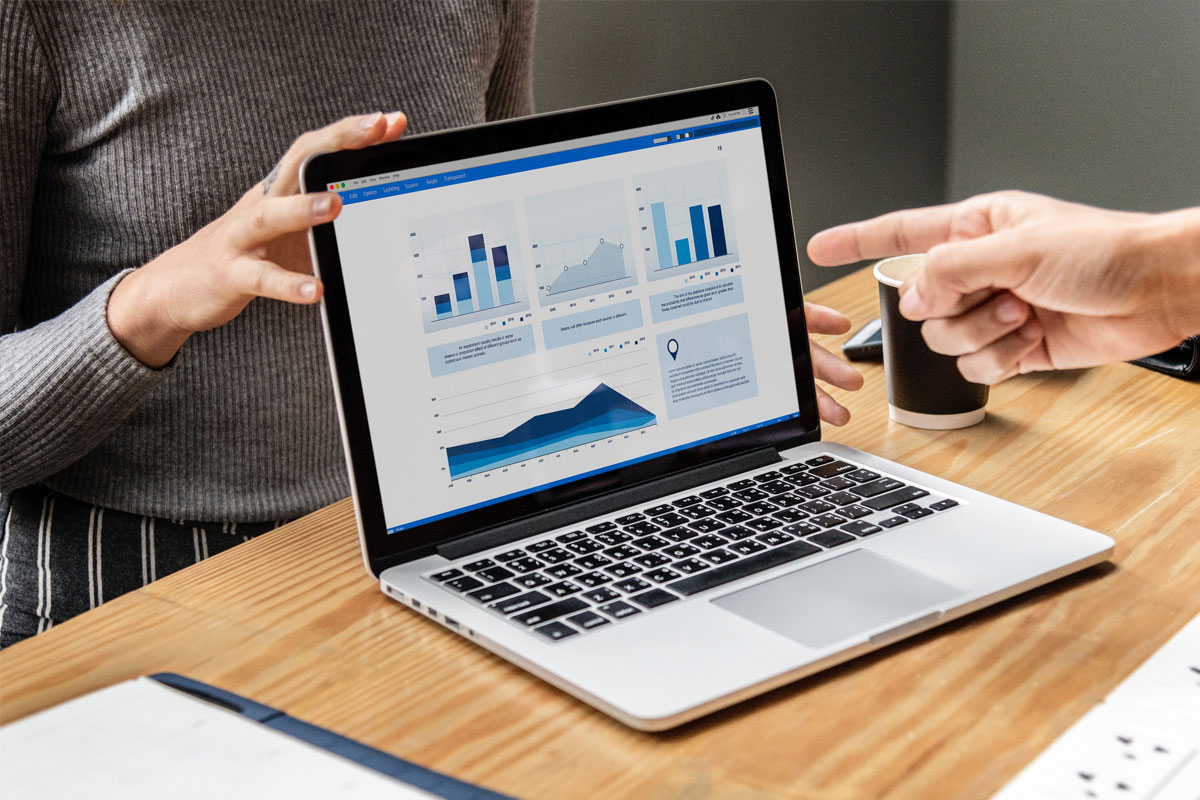Can you imagine the situation? You submit an application for financing for your business, but…

Frequently Asked Questions About SBA Disaster Loans
Perhaps your business has experienced one form of disaster or another, including fire, flooding, or hurricane? Here is a chance to access some funding to aid your recovery. Individuals who are in identified disaster areas can get disaster loans from the Small Business Administration (SBA). Such loans come with good terms, and the repayment can be spread over a long time (up to 30 years). Based on eligibility, the interest rates stand between four and eight percent.
In 2017, up to $1 Billion was disbursed to victims of disasters as Business Disaster Loans by the SBA. The agency also processed about 3,500 applications, and a median loan size of $127,600 was awarded to 51 percent of the applicants. Although the main focus of this piece will be on business loans, the SBA also offers disaster loans to renters and homeowners.
Here are six most asked questions about SBA Disaster Loans; alongside detailed answers:
1. What are SBA Disaster Loans?
SBA Disaster Loans are specially designed for business and homeowners in declared disaster areas that find it difficult to continue operating without financial assistance. Such businesses and homeowners would be eligible for the fund if they were affected by drought, fire, storm, flood, and other disasters. The funds can be used for repairs on a personal property, real estate, machinery and equipment, and uninsured inventory. SBA Disaster Loans are processed within a short time (two to four weeks), and the first disbursement can be accessed as early as five days after approval.
2. Who is eligible for SBA Disaster Loans?
Once a business experiences an economic injury or physical damage, such businesses are qualified for disaster loans of up to $2 Million. It is advisable that you apply for the loan, even if you are insured and expecting a disbursement from your insurance company. And when you eventually get your insurance disbursement, you may be required to furnish the disaster loan with it. Even if you have available credit from another source, the SBA recommends that you apply for the loan, although, they may decide that the other credit is enough. If they do, you may still get a loan, but it will come with a slightly higher interest rate.
3. What are Economic Injury Disaster Loans?
A certain segment of the disaster loans has been created to assist businesses whose continuity is hindered by the disaster, although, they never suffered any physical damage. Such loans are made to be used in funding operating expenses and wages, which the business could have settled if the disaster never happened.
There is also a provision in the Economic Injury Disaster Loans made explicitly for businesses that have been affected by Military Reservists whose calls to active duty were necessitated by the declaration of a disaster. If you are using the service of a military reservist, and such individual is recalled to active duty when a disaster happens, you may access financial help to cover any costs arising from the disruption of your business due to the recall of the important personnel to active service.
4. What are the uses of a Disaster Loan?
The primary aim of SBA Disaster Loans is to help business to continue functioning. Thus, in the bid to stay in business, you may use your SBA Disaster Loan in settling costs such as; machinery, real estate, fixtures, equipment, leasehold improvements, payroll, inventory, and fixed debts. Others include; accounts payable coverage, restructuring debt, military reservist economic injury recovery, and economic injury recovery, among others.
Loans are meant for recovery purposes only; thus, they must not be used in expanding or improving facilities beyond updates to satisfy new building codes. In some cases, if you can secure a special approval, you may be considered for additional funds (up to 20%), which will be channeled towards improvements that will reduce the risk of damages arising from similar disasters in the future.
5. How do I apply for SBA Disaster Loans?
The basic requirement for eligibility for a disaster loan is to be in a Declared Disaster Area. Once you meet this condition, you can proceed to apply via three possible methods – online, by mail, or in person. You can forward your questions to the Customer Service Center of the SBA through calls (1-800-659-2955) or send them a message at disastercustomerservice@sba.gov. Immediate commencement of application process is recommended so that funds can be provided for recovery as early as possible.
When you apply, the SBA will ask for relevant tax data, IRS Form 4506-T Request for Transcript of Tax Return, as well as personal financial statements for all owners with a stake above 20%. Likewise, you will need to submit business financial documentation, such as balance sheet, liabilities listing, and a year to date P&L. Delays may be experienced in processing if applications are incomplete. Hence, it is important that you provide everything required for the application, and seek assistance when necessary.
6. What are the processes involved?
The SBA aims to decide whether your business is eligible for financing or not within a timeframe of two to four weeks. If you are considered eligible, the initial funds will be disbursed within five days of such approval. On successful application, the SBA reviews your creditworthiness, inspect and determine the extent of damage to your property, and finally review any insurance or other recoverable. You will be assigned a loan officer, who will assist you through the review process. You can monitor the status of your SBA Disaster Loan application by checking your online account.
Conclusively, you may find a lifeline in SBA Disaster Loans if you have just suffered adversities in your small business. Thus, if your business has experienced or sustained damages, and such business is in a declared disaster area, then an SBA loan could be the much-needed funding source to bounce back!

